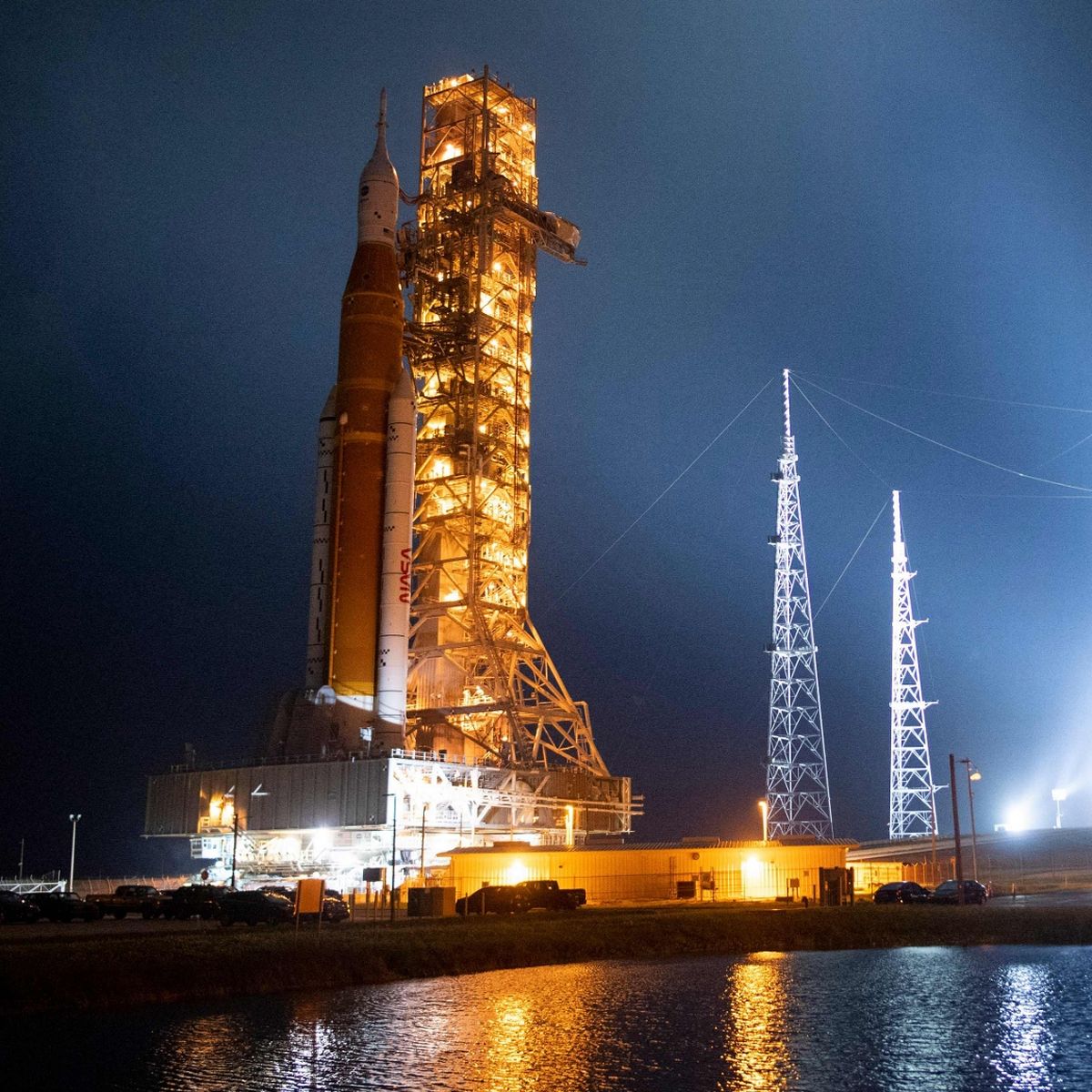As Tropical Storm Nicole barreled toward Florida’s east coast on Tuesday, NASA once again postponed its long-delayed unmanned mission to the Moon, according to authorities.
According to Jim Free, a senior official of the US space agency, a launch attempt that was originally planned for November 14 will now happen on November 16.
According to AFP, this is the launch’s third postponement in as many months.
Writer Free, who works for NASA as the Associate Administrator for Exploration Systems Development, said that “our people are the most vital component of our mission.” By delaying the launch date of #Artemis I, we put employee security first and give our team more time to care for their families and personal needs.
The National Hurricane Center predicted that the storm in the Atlantic Ocean will intensify into a hurricane Wednesday night or early Thursday morning near the Bahamas before reaching landfall in Florida.
The launch of the rocket, the most powerful in NASA’s history, has been delayed due to a hurricane warning in the area around Kennedy Space Center.
Nicole is becoming stronger, so according to a statement from NASA on Tuesday night, “NASA… has opted to re-target a launch for the Artemis I mission for Wednesday, Nov. 16 pending safe circumstances for staff to return to work, as well as inspections after the storm has passed.”
According to NASA, if the launch takes place on November 16 at 1:04 am EST (0604 GMT), the spacecraft would splash down on Friday, December 11.
On November 19, a backup launch date has been scheduled.
The enormous SLS rocket, which had been positioned on the launch pad some days before, will remain there, according to NASA.
The rocket was brought back inside the Vehicle Assembly Building to avoid damage from Hurricane Ian after two previous launch attempts were called off earlier this summer due to technical difficulties.
Last week, a massive platform known as the crawler-transporter that was built to reduce vibrations was used to wheel the 322-foot (98-meter) rocket back out into the open.
Tuesday morning, Nicole was carrying persistent winds of about 65 mph (100 kph) with greater gusts, and the NHC predicted that they would only get stronger.
Some experts are worried that if the rocket, which is expected to cost several billion dollars, is left uncovered, storm debris might harm it.
According to lead rocket engineer John Blevins, “as far as remaining at the pad, we want to see peak winds less than 74.1 knots, and that’s sort of the major criterion that we’re watching.”
According to NASA, the SLS rocket is built to endure winds of up to 74.4 knots at a height of 60 feet. The spaceship hatches have been sealed to keep water out, and it is designed to survive torrential downpours at the launch pad.
Five decades after the last time that people set foot on the lunar surface, the unmanned Artemis 1 mission will move the United States one step closer to sending astronauts back to the Moon.
The mission of Artemis 1, which was given that name in honor of Apollo’s twin sister, is to test the SLS rocket and the Orion crew capsule that is mounted on top.
On the expedition, mannequins are taking the place of astronauts, and they will measure the levels of acceleration, vibration, and radiation.
Before humans board in a few years, the $4.1 billion mission will carry an empty crew capsule around the moon and back as a flight test. To put people back on the moon by 2025, NASA has taken its largest move to yet.
The last time the space agency sent a person to the moon was with Apollo 17 in December 1972, which will soon be 50 years old.
Source: AAWSAT

